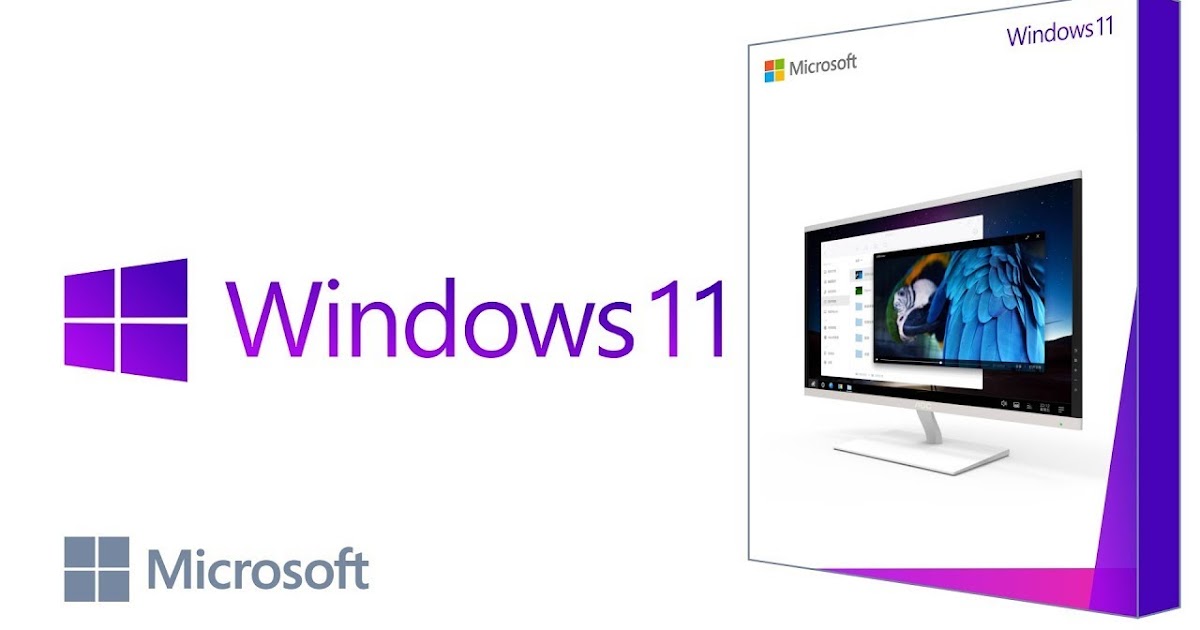


Those top-line numbers do require some context. Statcounter says that nearly 80 percent of all Windows systems worldwide run Windows 10 the Steam Hardware survey pegs Windows 10 usage at or above 90 percent, suggesting an even greater level of acceptance among enthusiasts. Microsoft actually accomplished its main goal with Windows 10: by any measure, it is the most widespread and most universally accepted version of Windows since XP. Windows could still change, but a new twice-a-year servicing model would keep that change coming at a slow-but-consistent pace that everyone could keep up with.įurther Reading Review: Windows 10 is the best version yet-once the bugs get fixed Some in the company billed it as " the last version of Windows"-one big, stable platform that would simultaneously placate change-averse users, huge IT shops that would have kept using Windows XP forever if they had been allowed to, and software developers who would no longer need to worry about supporting multiple wildly different generations of Windows at once. The OS was billed as a return to form that would appeal to people put off by Windows 8's divisive touchscreen-oriented interface while still retaining touch-friendly features for people who had bought a PC tablet or a laptop with a touchscreen. Microsoft wanted everyone to use Windows 10.įaced with slow adoption of Windows 8 and the stubborn popularity of Windows 7, Microsoft made Windows 10 a free upgrade for anyone using either version-the offer technically expired years ago, but to this day, old Windows 7 and 8 product keys still activate Windows 10 without protest.


 0 kommentar(er)
0 kommentar(er)
